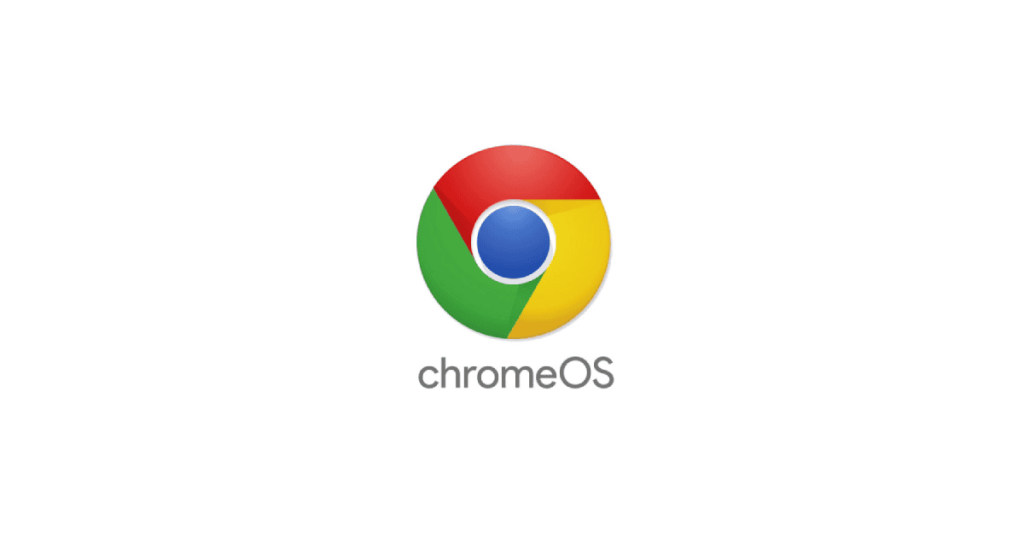ChromeOS 120 was recently released, bringing a fresh wave of updates and improvements to the ChromeOS experience. This version introduces new functionalities for virtual desk management and begins the phase-out of support for certain legacy media formats.

One of the key features of ChromeOS 120 is the introduction of the ‘Bento Button’, a new shelf button designed to streamline the management of virtual desks. This feature allows users to easily visualize, switch, create, and order virtual desks, enhancing multitasking efficiency for those who frequently use multiple virtual desks.
However, ChromeOS 120 also marks the beginning of the end for support of the MPEG4 Part 2 video codec and AVI container. Users who still need these formats can temporarily re-enable support using the chrome://flags/#cros-legacy-media-formats link, but this workaround will only be available until the release of ChromeOS 125.
Additional updates in ChromeOS 120 include:
- Mouse and Keyboard Customization: Users can now disable mouse scroll acceleration and adjust scroll speed. Keyboard settings have also been enhanced, allowing customization for actions like right-click, home, end, and page up.
- Resizable Picture-in-Picture (PiP): ChromeOS 120 introduces the ability to resize PiP windows using a pinch gesture, adding a layer of convenience to multitasking.
- Revamped Emoji Picker: The emoji and GIF picker gets a dynamic color palette, making the selection process more engaging and visually appealing.
- XDR Authentication Events: As part of Extended Detection and Response (XDR) on ChromeOS, authentication events like login, logout, lock, and unlock can now be enabled, providing insights into device security posture.
- App Management and Details: Users can now view detailed information about installed apps, including storage usage, version number, and installation source.
For administrators, ChromeOS 120 brings new or updated policies in the Admin console, such as PowerManagementIdleSettings, ScreenLockDelays, LidCloseAction, and more. These policies provide greater control over device management and security.
RELATED:
- Google is testing a voice typing toolbar on Pixel Tablet
- Google Pixel 8 series to get new Minty Fresh color next week
- Realme partners with cinematographer Claudio Miranda for 12 Pro series
- Get Redmi K70 Pro for discounted price of $499
- Best Smartphones Awards 2023 – GizmoChina
- Xiaomi Pad 6 HyperOS update is live in India
(Source)






